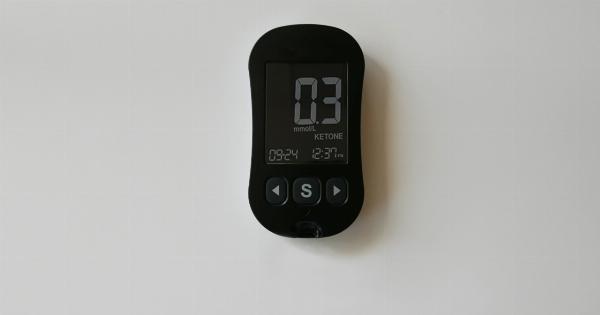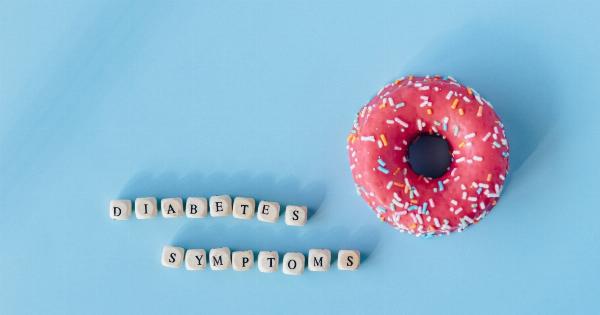When it comes to dialysis, finding an effective and safe strategy is crucial for patients suffering from kidney failure. One such strategy that has gained popularity is using the femoral vein for dialysis.
This article will explore the benefits, considerations, and potential risks of this approach.
What is Dialysis?
Dialysis is a treatment procedure that helps in the removal of waste and excess fluid from the blood when the kidneys are no longer able to perform their function adequately.
It is a life-saving procedure for individuals with end-stage renal disease (ESRD) or acute kidney injury. There are two main types of dialysis: hemodialysis and peritoneal dialysis.
Hemodialysis and the Femoral Vein
Hemodialysis involves the use of a machine called a dialyzer to remove waste, salt, and extra water from the blood. This process helps to maintain the balance of electrolytes in the body.
In traditional hemodialysis, the blood is accessed through a surgically created arteriovenous fistula (AVF) or graft. However, in some cases, such as when AVF or graft access is not feasible, the femoral vein can be an alternative route for dialysis.
Benefits of Using the Femoral Vein for Dialysis
1. Accessibility: The femoral vein is easily accessible, which makes it a viable option for patients who may not have suitable veins for AVF or graft creation.
2. Catheter Placement: Placing a catheter in the femoral vein is a straightforward procedure that can be done safely and quickly.
3. Immediate Use: Unlike AVF or graft creation, which can take weeks to mature, the femoral vein allows for immediate dialysis access.
4. Short-Term Solution: Femoral vein catheters are typically used as a temporary measure when other options are not yet available or suitable.
Considerations and Risks
While using the femoral vein for dialysis may have its benefits, there are also important considerations and potential risks to be aware of.
1. Infection Risk
Femoral vein catheters may increase the risk of infection compared to AVF or grafts. The groin area, where the catheter is placed, has a higher concentration of bacteria. Proper care and hygiene are vital to reduce the risk of infection.
2. Venous Stenosis
Repetitive catheter use in the femoral vein can lead to venous stenosis, a narrowing of the vein. This can ultimately hinder future access options, such as AVF creation.
3. Limited Mobility
The placement of a femoral vein catheter restricts the patient’s mobility compared to AVF or graft access. This limitation should be taken into account when considering the long-term use of the femoral vein for dialysis.
4. Thrombosis
There is a risk of thrombosis, or blood clot formation, at the catheter insertion site or within the vein itself. Proper anticoagulation and regular monitoring are necessary to minimize this risk.
5. Infiltration
Infiltration is the unintentional leakage of the dialysis fluids into the surrounding tissues. Although rare, infiltration can occur with femoral vein catheters, resulting in tissue damage and potential complications.
Conclusion
The femoral vein can be a safe and effective alternative route for dialysis in certain situations. While there are several benefits, it is important to consider the associated risks and limitations.
The decision to use the femoral vein for dialysis should be made on a case-by-case basis, considering the individual patient’s needs and the availability of other access options.





























